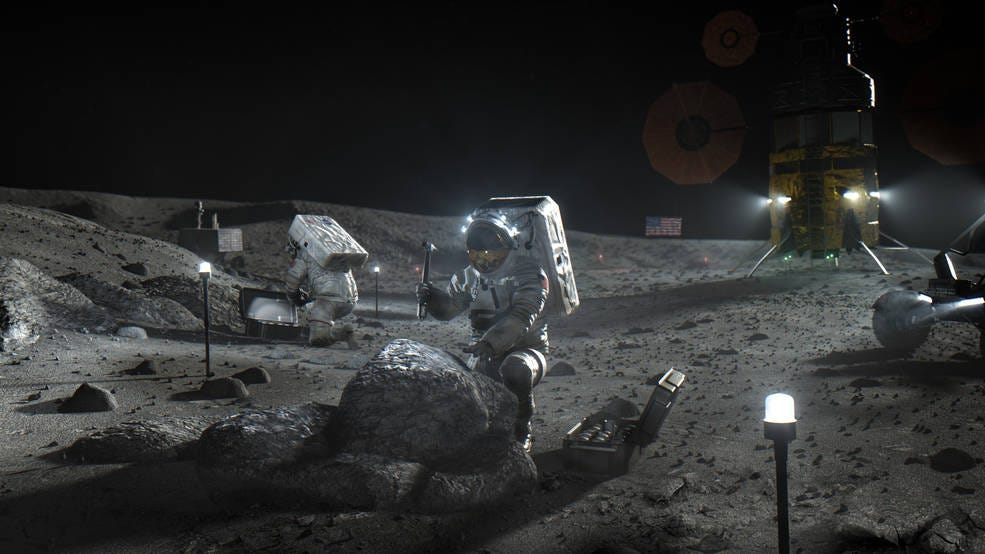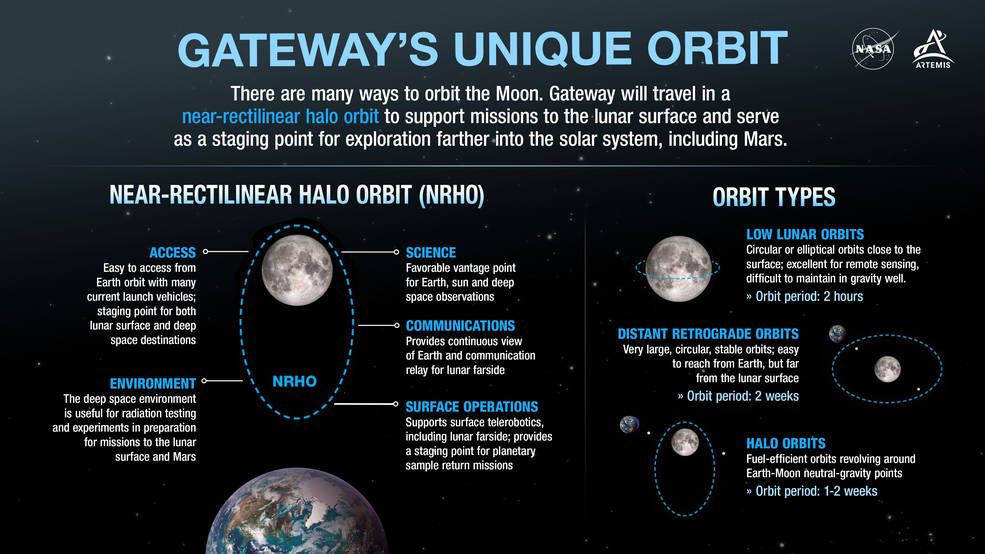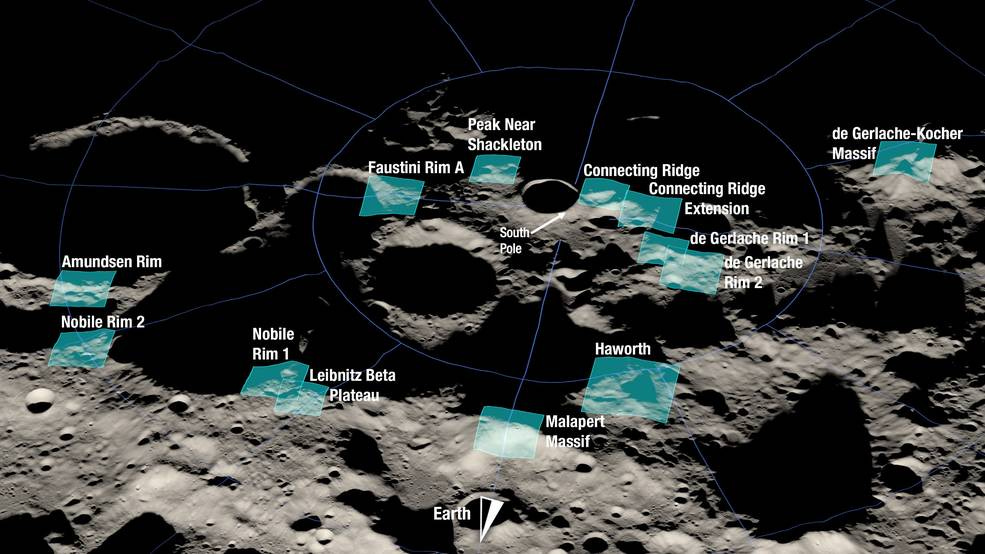NASA rethinks a Moon base
One large base no longer likely
It is NASA’s big plan for the future of the agency and America in space- “we are going back to the Moon to stay.” Staying means building a base on the Moon. Learning through the experience of operating in that hostile environment, NASA could then send astronauts to Mars. That’s why they call this effort, “Moon to Mars.”
NASA has long said it wants to build the base on the lunar surface as part of this effort. The space agency has shown us artist renderings of a Moon base that would include habitats, power plants, and even mining operations. That was then. Now, NASA has a new idea and the main Moon base looks to be out at this point. NASA instead is thinking about building a few “camps” on the lunar surface. The reasoning seems sound.
To understand why NASA has made this change, we are going to have to talk a bit about orbital mechanics. I am no expert on this, but I understand enough that I think we can decipher why NASA is making this major change in direction.
NASA looked at a half-dozen orbits around the Moon. There are the close to the surface orbits we saw during the Apollo missions, and a couple of orbits that are a bit distant from the Moon and are more fuel efficient. NASA picked an orbit that is basically in the middle. It’s called the Near Rectilinear Halo Orbit (NRHO). This halo orbit has a path that forms a large oval that comes by the surface of the Moon about once a week. A spacecraft will come close to the Moon, then fly out away from the lunar surface before being pulled back by the Moon’s gravity. Earth’s gravity helps a bit too, keeping the orbit stable.
NASA wants to go to the south pole of the Moon to look for ice that can be converted to oxygen and hydrogen, which can be used as fuel. The halo orbit NASA has selected means a space vehicle will come close to the lunar surface every six and a half days.
That’s the good news about the NHRO orbit. But the south pole could prove problematic for other reasons. NASA wants to time their landings so the lighting is good for the astronauts. “If we miss the launch window, we might have to wait a month to go back to that place,” NASA Associate Administrator Jim Free recently told reporters, adding, “we might have to wait even longer depending on the energy to get there.” NASA wants the ability to at least get on the surface of the Moon if it misses its launch window.
That’s why NASA is ditching the single moon base concept for what could be called a series of smaller lunar surface camps. “Do we have smaller habitats, and we look at maybe some of our international partners who want to contribute along with our habitat, so we can maybe have two or three sites to go to?,” Free suggested. The NASA official called it diversifying, “where we place our habitat elements.”
There’s even another possibility for alternative landing sites. The rovers NASA is planning for the surface will work robotically when astronauts aren’t there. The pressurized rover could drive itself to a landing site. When the astronauts arrive they will have a mobile habitat they can drive to the south pole or one of those camps. NASA says the rovers it will be sending to the Moon will operate for three years without maintenance.
“We've tried to build the maximum capability to get to different areas of the south pole to support a science that needs to be done. It's a staggeringly difficult challenge,” Free said.
It is indeed. The first orbit of the moon by astronauts as part of the Artemis 2 mission is still at least a year and a half away. Free says he doesn’t expect to start building these habitat elements until Artemis 7, 8, or 9.
It’s a journey to the Moon and to Mars. It’s going to take a while.








NASA Administrator Bill Nelson said last week that if China.. "gets there first they will say stay out. We are going as an International mission... with peaceful purposes."
This is why I think someone else will beat us to it. I think the global science/legal community is still trying to agree on whether one can “own” minerals one discovers first on the Moon. ??